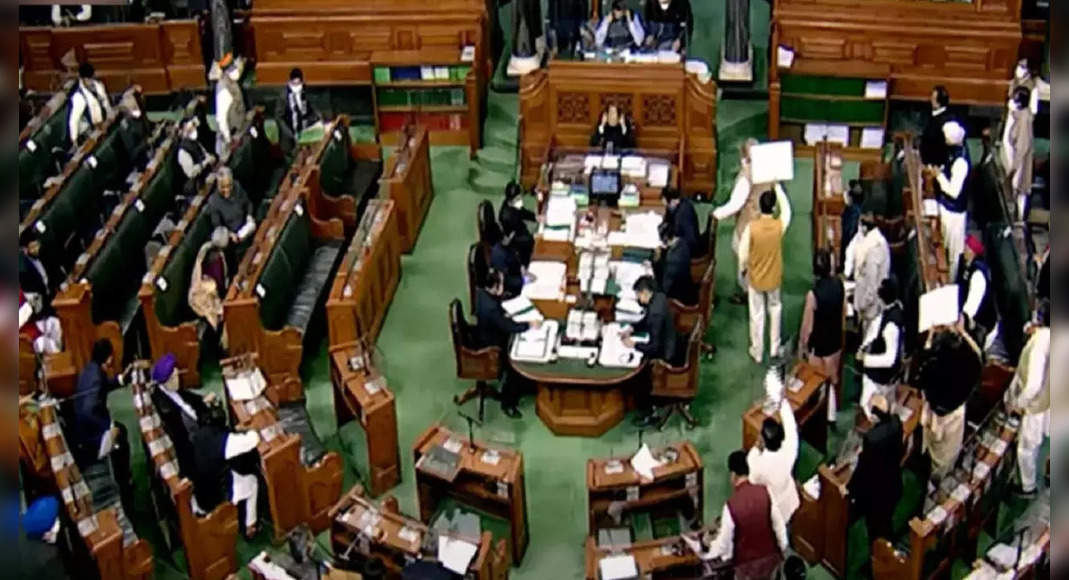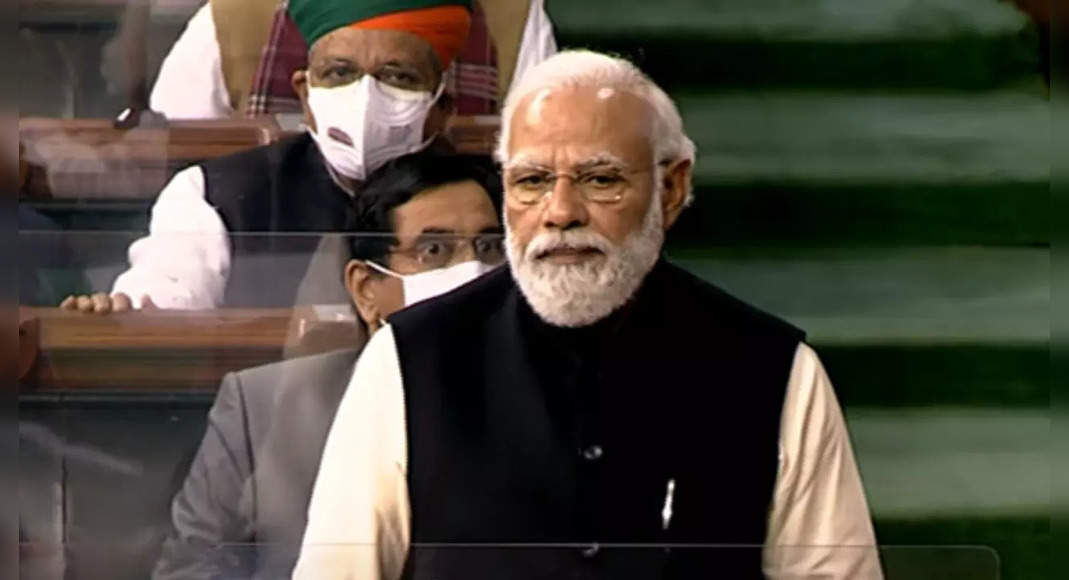Senior scientist from the Institute of Indian Tropical Meteorology (IITM) and one of the main writers of the sixth assessment report IPCC (AR6), Swapna Panickal, explained to Wiswa Mohan’s findings and implications for India.
Quotes from Interviews: What are the main messages from the report? • It is undeniable that human activities cause climate change, make extreme climates, including heat waves, heavy rainfall, and drought, more frequently and severe.
This report provides a new estimate of opportunities across the global warming level of 1.5 ° C in the next decade (two) decades, and found that unless there is a direct, fast and large-scale reduction in greenhouse gas emissions (GHG), limiting heating.
To approach 1.5 ° C or even 2 ° C will be out of reach.
What kind of climate can be passed by India Representatives for India in general and South Asia in general? • Extreme heat has increased while extreme cold decreased (compared with 1850-1900 in the Asian region), and this trend will continue (in South Asia, including India) over the coming decades.
Annual and summer monsun precipitation will increase, with an increase in internal variability.
The surface of the Indian Ocean has warmed up faster than the global average.
As a result, relative sea level will continue to increase in this century.
The sea level around Asia has increased faster than the global average, with losing coastal areas and coastline retreats.
What kind of message to be conveyed by the author to the countries in front of COP26? • Climate change has affected every region on earth, in various ways.
The changes we experience will increase with further warming.
There is no return from some changes in the climate system.
However, some changes can be slowed and others can be stopped by limiting heating.
To limit global warming, strong, fast, and sustainable reduction in GHG is needed.
This will not only reduce the consequences of climate change but also improve air quality.
How far does the Indian model help scientists achieve any conclusions? • The main spotlight from India comes from the inclusion of IITM Earth System (IITM-ESM) climate projection in the IPCC AR6 report – the first of India.
The climate model projection of the IITM-ESM is used together with other models for climate change assessment.







